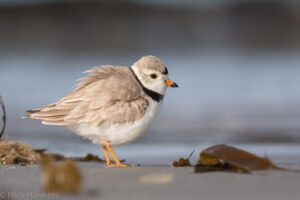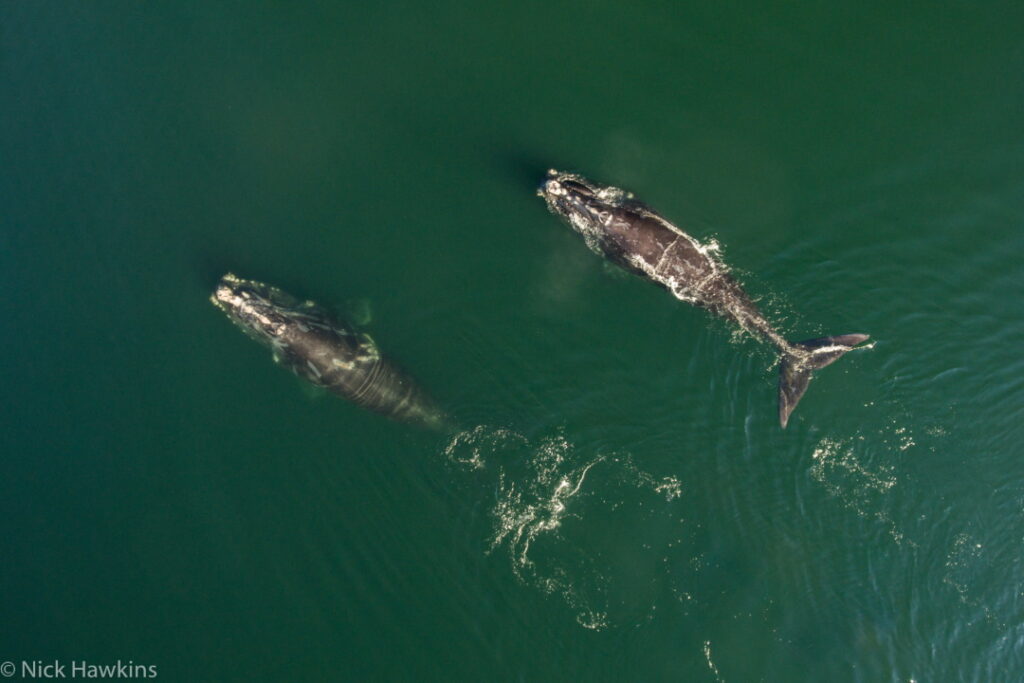Gulf of St. Lawrence
CPAWS is encouraging the government to create marine protected area (MPA) networks as part of its commitment to protect 30% of the nation’s oceans by 2030. We believe this is an important and necessary step in achieving successful conservation of marine habitats and wildlife. This should include an MPA network in the Gulf of St. Lawrence.
The Gulf

New Brunswick shares hundreds of kilometers of coastline with the Gulf of St. Lawrence. It contains the entrance to one of the largest and most productive estuaries in the world (a place where fresh and saltwater meet – in this case the Atlantic Ocean and the St. Lawrence River) and supports an impressive array of wildlife from large marine mammals to small migratory shore birds.
Importance for Wildlife and Communities
Due to its abundance of food, a number of species of whales come to feed in the summer months, including Blue, Humpback, Minke and endangered North Atlantic Right Whales. Millions of shorebirds, including the endangered Piping Plover, flock to the beaches along the coast in spring and early summer to nest and have their young.
Further from the coast, the Gulf is home to numerous colonies of cold-water corals and sponges that provide a diverse habitat for a number of marine species, many of which are important to commercial fishing operations.

These natural wonders provide ample opportunity for people to explore the outdoors. Every year tourists from all over the world come to the New Brunswick coast to swim in the warmest saltwater in Canada, explore the intertidal zone and hike and camp at provincial and national parks. It is also a popular area with recreational anglers who come to fish salmon, striped bass and skate.
There are also several fisheries in the Gulf that support the livelihoods of many people in coastal communities.
Marine Protection
Currently, the area of the Gulf off the coast of New Brunswick is protected only by Scallop Buffer Zones (called Marine Refuges), vessel speed restrictions and temporary fisheries closures, but no MPAs. While these marine refuges help to protect the seafloor from damaging fishing activity, a whole host of other threats also face the Gulf. There is ever-increasing pressure from coastal development, interest in exploring for offshore energy projects, and industrial and agricultural runoff. These activities threaten the Gulf’s overall health and that of the industries that rely on it.
An area that sustains an abundance of wildlife, numerous fishing communities and tourism operations should have proper protections in place to ensure it can continue to, not only support New Brunswickers, but thrive for generations to come.

*All images on this page by Nick Hawkins.
